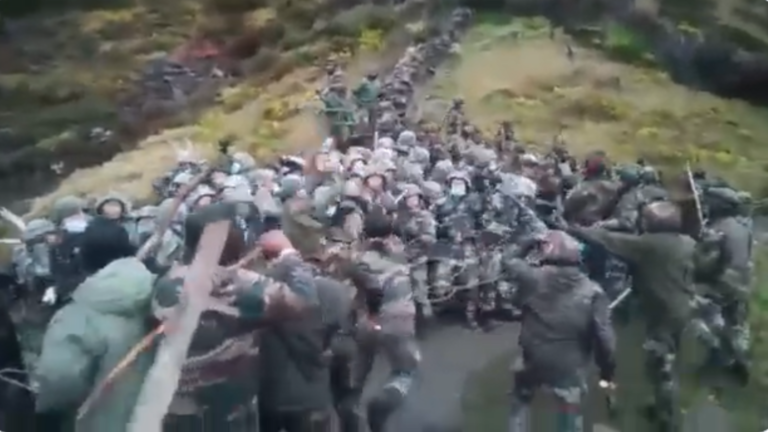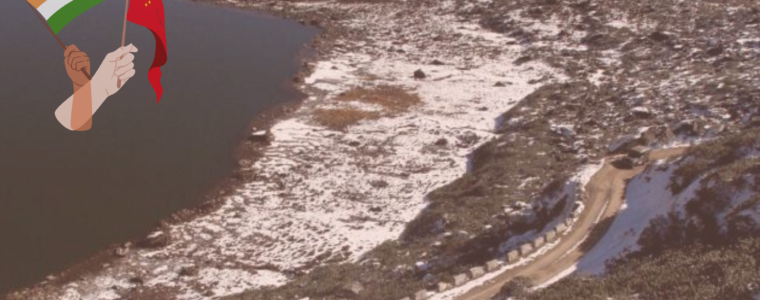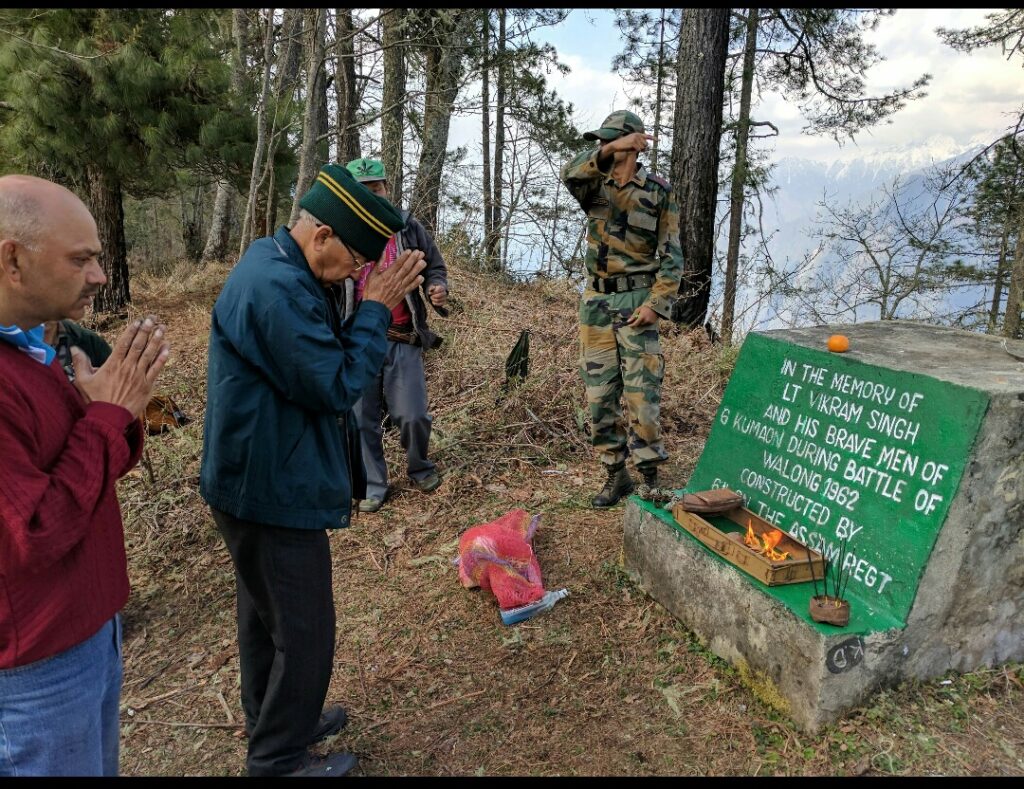Living with a neighbor like China is not so bad because it never lets you down your guard. You also know that any part of 3488 km long shared border with China will give you ample reasons to stay up and about when it comes to management of the LAC (Line of Actual Control).

Border violation will be a wrong word to describe the incident that happened at Yangtse on the intervening night of 8 and 9 December 2022 simply because it is an annual event. This should not come as a surprise to China watchers because China has been claiming the area at Yangtse since long and this area is one of the many areas of differing perceptions about the alignment of LAC. Even before Galwan or Doklam. Yangtse had been happening. This is
the place we are in a tactically advantageous position and China has been staking claims in this area well behind our position.
So, to ensure that her claim in this area retains currency she carries out an effort to change the nature of LAC unilaterally almost every year and some places even twice every year. This accounts for almost 400 to 600 such incidents every year most of these are not reported by the media in the same jest as the one that happened last week. Indian forces are not only alive and alert to Chinese designs in this area, they remain adequately prepared for the same.
So, this time around when Chinese soldiers decided to carry out the annual ritual in Yangtse, we were prepared to respond adequately which we did to send them packing back to where they came from. It must be understood that incidences such as these do have the potential to spiral out of control and cause greater harm. This is where the CBM (Confidence Building Measures) and various other mechanisms that are in place for disengagement and de-
escalation become useful.
Another thing worth mentioning here is that this incident must not be equated with what happened in Galwan in the year 2020. In Galwan the forces that were in the neighborhood for a routine military exercise were diverted towards Galwan, and this was certainly not a result of local military commander’s initiatives. Galwan was certainly planned at a higher level in which soon CMC had to get involved.
So, it seems, incidents like Yangtse will continue to happen and will require our forces to stay alert and respond to such challenges till such time a lasting solution and mutually accepted alignment of border between India and China is finalized. Many areas specially in Arunachal Pradesh still do not have proper road connectivity for deployment of troops right up to the border and maintain them on a regular basis, so these areas will require complex and technological interventions to monitor the areas in a real-time basis, so that we are not surprised by the enemy in the sensitive border areas.
There are many versions of what happened, on the ground, whether these were the PLA troops or the border guards and what kind of weapons they had carried with them during this misadventure. While no one can claim the exact sequence of events leading to the border skirmishes, one can make a reasonable assessment. One such assessment based on my understanding of the area is here for all those who are interested in greater details of the incident. This must be treated as an assessment rather than the factual sequence of events.
Likely Sequence of Events

1. The build-up of the 09 December 2022 incident at Thang La started around last week of Nov 2022 when the frequency of face-offs in the sector spiked. Battalion Commanders took note of the sudden increase in sightings of PLA patrols in their Area Of Responsibility (AOR) and quietly reinforced their flanks.
2. Alert troops at posts overlooking known PLA ingress positions with HHTI (Hand Held Thermal Imagers) reported large body of troops concentrating, using the heavy fog as cover. Situation Report (SITREP) at 6 am on 9th December 2022 was sent to Brigade HQ and Quick Reaction Teams (QRTs) that were strategically placed started moving closer yet stayed under cover.
3. The PLA which had conducted a detailed headcount of the number of troops at Thang La was confident that they would be able to overwhelm the small number of 50 odd soldiers with a 6:1 superiority in their favour. Unknown to them, Indian Army (IA) QRTs which had moved in from the rear echelons were already in position.
4. As the battalion sized force (300 soldiers) of the Chinese forces attempted to surround Thang La , the IA troops at Thang La formed a human chain around the post to deter the large enemy body closing in. A lot of cursing, pushing ensued with soldiers from both sides grappling bulky winter clothing.
5. Taking advantage of the chaos enemy troops at the rear perhaps armed with tasers, spiked clubs & monkey gloves moved towards the front to surprise the IA troops. All of this was being quietly observed by the IA Command Post which quickly sent radio message to prepositioned multiple QRTs to reinforce the threatened Indian post.
6. Mago marks the southern entrance of the valley and Chuna the Northern end of it bordering the Line of Actual Control (LAC). This area comprises steep mountainous terrain thereby needing hours of trekking to reach the posts. Peak XXX sits to the West of this area and has a commanding view of the ridges and tracks across the LAC deep into Cona County. The Chinese had sent in roughly 300 troops with melee weapons with a clear intention to kill/maim the IA troops holding the area and occupy the post to alter the nature of LAC.
7. Closely placed echelons on the lower ridges and the river valley were quickly able to reinforce the 50 troops firmly facing the Chinese onslaught and reinforcements poured in from multiple directions immediately after radio message were sent.
8. What started with abuses and stone pelting gradually progressed to fisticuffs and then fierce hand to hand combat where the Chinese troops were overpowered and in some cases their weapons were used against them.
9. This scuffle went on until the enemy troops found losing ground with many of their troops overpowered and battered while IA troops kept pouring in with their own melee weapons. Things went south from there and the Chinese troops started falling back.
10. The IA troops were in no mood to relent and went after the retreating enemy troops who were running for their lives after having borne the burnt of the counter-attack. Gunshots were heard from the Chinese positions in the rear as they attempted to deter further assault.
11. The area of the faceoff has now been reinforced and the units in the vicinity are on a high state of alert. All in all a very comprehensive drubbing for the Chinese. The situation is under control after the commander level flag meeting that was sought by us after the incident.


